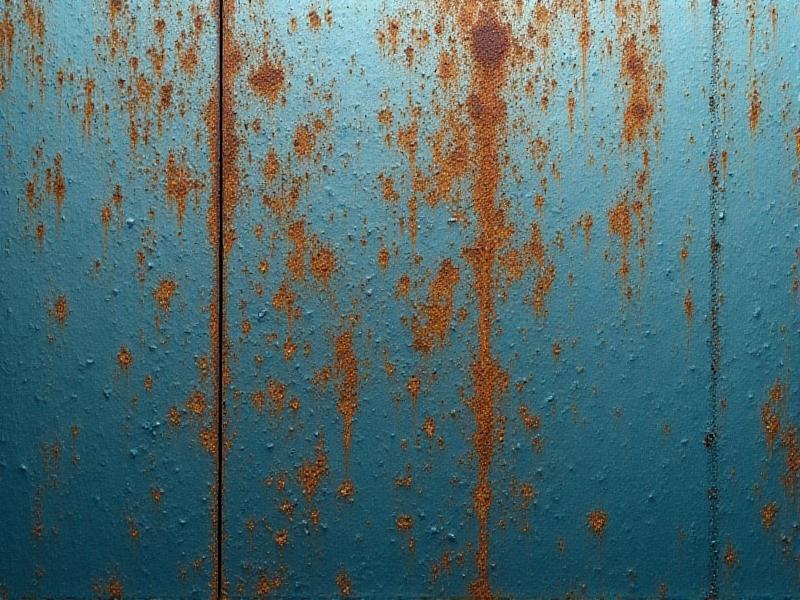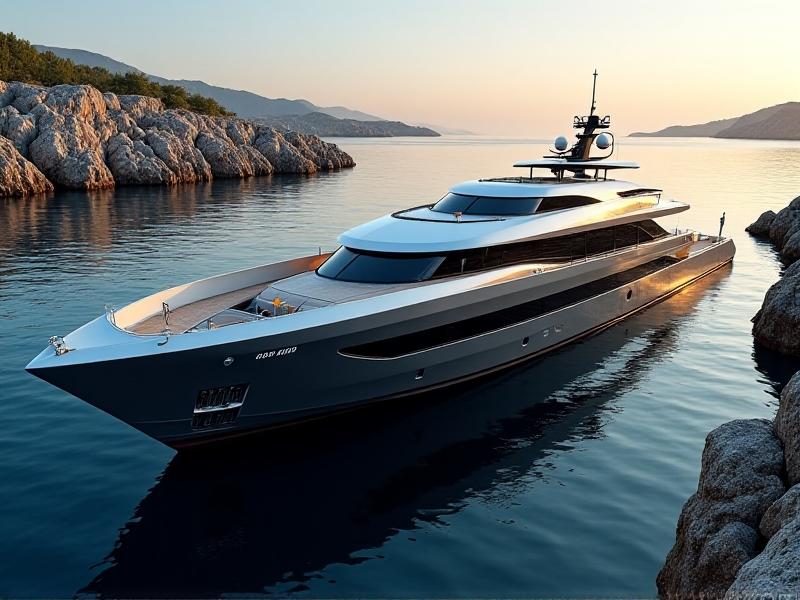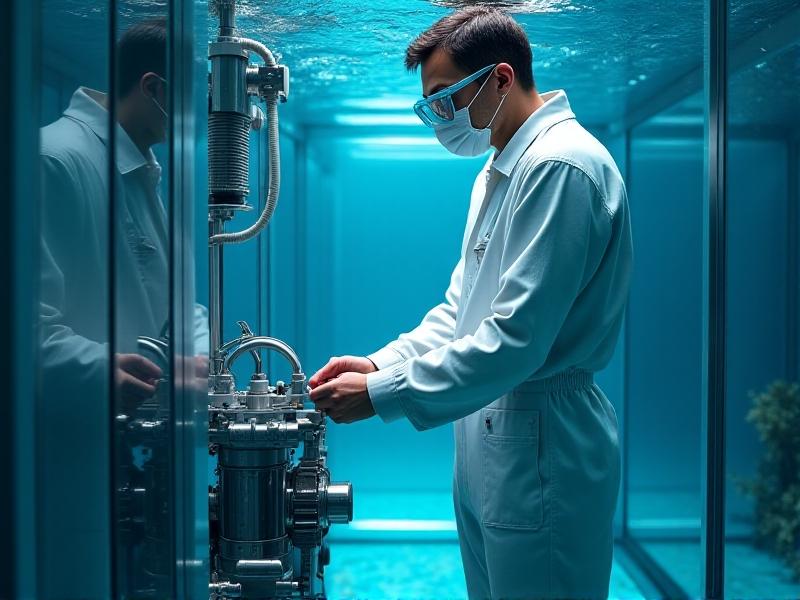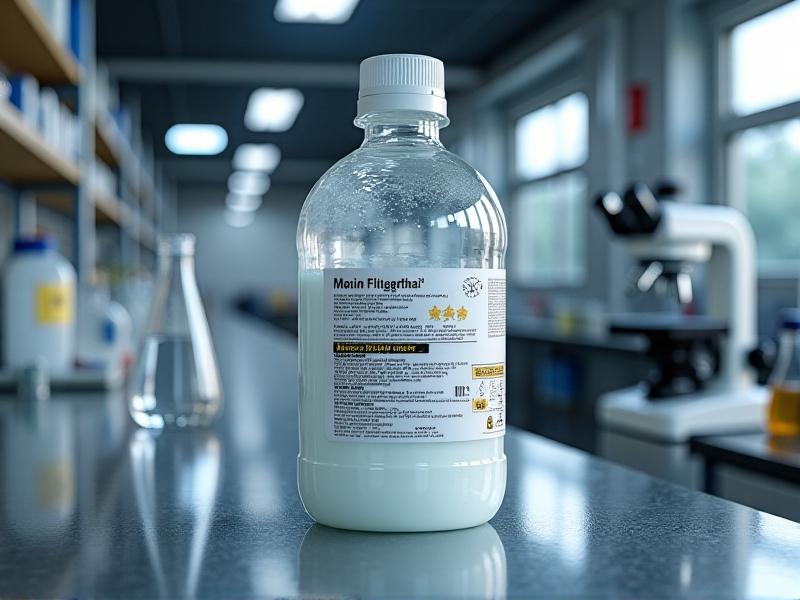Saltwater Corrosion-Resistant Material Guides
Understanding Saltwater Corrosion and Its Challenges
Saltwater environments are among the most aggressive when it comes to material degradation. The presence of chloride ions in seawater accelerates the corrosion process, leading to the breakdown of metals and other materials. This poses significant challenges for industries such as marine engineering, offshore oil and gas, and coastal infrastructure development. Understanding the mechanisms of saltwater corrosion is the first step in selecting the right materials to withstand these harsh conditions.
Corrosion in saltwater occurs through electrochemical reactions where metals lose electrons to the environment, forming oxides or hydroxides. This process is exacerbated by factors such as temperature, salinity, and the presence of microorganisms. The result is often pitting, cracking, or complete structural failure of the material. For example, stainless steel, which is generally resistant to corrosion, can suffer from pitting in saltwater environments due to localized breakdown of its passive layer.
To combat these challenges, engineers and material scientists have developed a range of corrosion-resistant materials specifically designed for saltwater applications. These materials often incorporate elements like chromium, nickel, and molybdenum, which enhance their ability to resist corrosion. Additionally, protective coatings and cathodic protection systems are employed to further extend the lifespan of materials in saltwater environments.

Key Properties of Saltwater Corrosion-Resistant Materials
When selecting materials for saltwater applications, several key properties must be considered to ensure long-term performance. The most important of these is corrosion resistance, which is typically achieved through the use of alloys that form a protective oxide layer. Stainless steel, for instance, contains chromium, which reacts with oxygen to form a thin, stable layer of chromium oxide that prevents further corrosion.
Another critical property is mechanical strength. Materials used in marine environments must be able to withstand not only corrosion but also the physical stresses imposed by waves, currents, and other environmental factors. High-strength alloys such as duplex stainless steel and titanium are often chosen for their combination of corrosion resistance and mechanical durability.
In addition to corrosion resistance and mechanical strength, other properties such as weldability, formability, and cost-effectiveness are also important considerations. For example, while titanium offers excellent corrosion resistance and strength, its high cost may make it less suitable for large-scale applications. In such cases, alternative materials like aluminum alloys or coated carbon steel may be more practical.

Common Saltwater Corrosion-Resistant Materials
Several materials have proven effective in resisting saltwater corrosion, each with its own set of advantages and limitations. Stainless steel, particularly grades like 316 and 2205, is widely used in marine applications due to its excellent corrosion resistance and relatively low cost. These grades contain higher levels of molybdenum and nitrogen, which enhance their ability to resist pitting and crevice corrosion in saltwater.
Titanium is another popular choice for saltwater environments, thanks to its exceptional corrosion resistance and high strength-to-weight ratio. It is often used in applications where weight is a critical factor, such as in the aerospace and marine industries. However, its high cost can be a limiting factor for some projects.
Aluminum alloys, particularly those in the 5000 and 6000 series, are also commonly used in marine environments. These alloys offer good corrosion resistance, especially when coated with protective layers, and are lightweight and easy to fabricate. However, they are more susceptible to galvanic corrosion when in contact with other metals, so careful design and insulation are required.

Protective Coatings and Surface Treatments
In addition to selecting corrosion-resistant materials, protective coatings and surface treatments play a crucial role in extending the lifespan of materials in saltwater environments. These coatings act as a barrier between the material and the corrosive elements, preventing direct contact and slowing down the corrosion process.
One of the most common types of protective coatings is epoxy, which is often applied to steel structures in marine environments. Epoxy coatings are highly resistant to water and chemicals, making them an effective choice for protecting against saltwater corrosion. Other types of coatings, such as polyurethane and zinc-rich primers, are also used depending on the specific requirements of the application.
Surface treatments, such as anodizing and passivation, are another effective way to enhance the corrosion resistance of materials. Anodizing, commonly used on aluminum, creates a thick oxide layer that provides additional protection against corrosion. Passivation, often used on stainless steel, removes free iron from the surface, allowing the formation of a more stable passive layer.
Design Considerations for Saltwater Environments
Designing for saltwater environments requires careful consideration of both material selection and structural design. One of the key design principles is to minimize the exposure of materials to corrosive elements. This can be achieved through the use of protective coatings, proper drainage, and the elimination of crevices where water can accumulate.
Another important consideration is the prevention of galvanic corrosion, which occurs when two dissimilar metals are in electrical contact in the presence of an electrolyte, such as saltwater. To avoid this, designers must ensure that metals with similar electrochemical potentials are used together, or that insulating materials are placed between dissimilar metals.
Finally, the design must account for the physical stresses imposed by the marine environment. This includes factors such as wave action, tidal forces, and the impact of marine organisms. Materials and structures must be designed to withstand these forces while maintaining their corrosion resistance over time.
Case Studies: Successful Applications of Corrosion-Resistant Materials
Several real-world examples demonstrate the successful application of corrosion-resistant materials in saltwater environments. One notable case is the use of duplex stainless steel in the construction of offshore oil platforms. These platforms are exposed to some of the harshest marine conditions, including high salinity, strong currents, and extreme temperatures. Duplex stainless steel, with its combination of high strength and excellent corrosion resistance, has proven to be an ideal material for these applications.
Another example is the use of titanium in the manufacture of ship hulls and propellers. Titanium's exceptional resistance to saltwater corrosion, combined with its lightweight and high strength, makes it an excellent choice for these components. The use of titanium has significantly extended the lifespan of ships and reduced maintenance costs.
In the field of coastal infrastructure, the use of coated carbon steel and aluminum alloys has been instrumental in the construction of bridges, piers, and seawalls. These materials, when properly coated and maintained, have shown remarkable durability in the face of constant exposure to saltwater.
Future Trends in Saltwater Corrosion-Resistant Materials
As the demand for materials that can withstand saltwater corrosion continues to grow, researchers are exploring new technologies and materials to meet this challenge. One promising area of research is the development of nanocomposite materials, which incorporate nanoparticles to enhance their mechanical and corrosion-resistant properties. These materials have the potential to offer superior performance in saltwater environments while being lighter and more cost-effective than traditional alloys.
Another emerging trend is the use of bio-inspired materials, which mimic the natural corrosion resistance of certain marine organisms. For example, researchers are studying the structure of mollusk shells, which are highly resistant to corrosion, to develop new materials with similar properties. These bio-inspired materials could offer new solutions for protecting structures in saltwater environments.
Finally, advances in protective coatings and surface treatments are expected to play a significant role in the future of corrosion-resistant materials. Researchers are developing new coatings that are more durable, environmentally friendly, and easier to apply. These coatings could provide longer-lasting protection for materials in saltwater environments, reducing the need for frequent maintenance and replacement.








